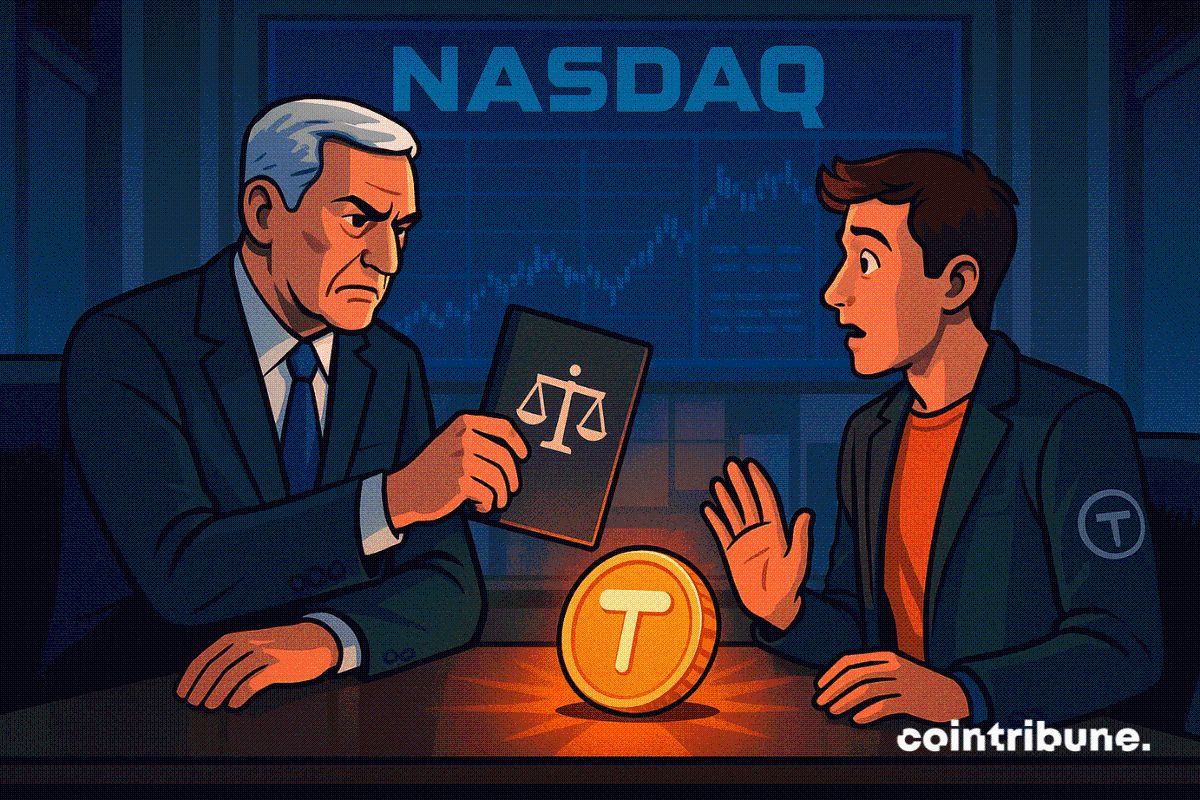Arthur Hayes: An In-depth Analysis of U.S. Debt, Money Printing, and the Future Trend of Bitcoin
Chainfeeds Guide:
The market is expected to remain volatile, especially before the end of the US government shutdown.
Source:
Author:
Bitpush
Opinion:
Arthur Hayes: Praises Satoshi Nakamoto, the existence of time and the law of compound interest, which are independent of individual identity. Even for governments, there are only two ways to pay expenses: using savings (taxes) or issuing debt. For governments, savings are equivalent to taxes. It is well known that taxes are unpopular with the public, but spending money is very popular. Therefore, when distributing benefits to civilians and nobles, politicians are more inclined to issue debt. Politicians always prefer to borrow from the future to ensure their current re-election, because when the bill comes due, they are likely no longer in office. If, due to officials' incentive mechanisms, all governments are "hard-coded" to prefer issuing debt over raising taxes to distribute benefits, then the next key question is: how do buyers of US Treasuries finance these purchases? Do they use their own savings, or do they finance through borrowing? Answering these questions, especially in the context of the "Pax Americana," is crucial for predicting future US dollar monetary creation. If the marginal buyers of US Treasuries are purchasing through financing, then we can observe who is providing them with loans. Once we know the identity of these financiers, we can determine whether they are creating money out of thin air to lend, or using equity to lend. If it is ultimately found that the financiers of Treasuries are creating money in the lending process, then the logical deduction is as follows: government-issued debt will inevitably increase the money supply. If this holds true, we can even estimate the upper limit of credit that financiers can create (assuming there is a limit). These questions are important because if government borrowing continues to grow as predicted by major banks, the Treasury, and the Congressional Budget Office, the Federal Reserve's balance sheet will expand accordingly, and balance sheet expansion means an injection of dollar liquidity, which will ultimately push up the prices of bitcoin and cryptocurrencies. Next, we move to the Q&A section. First, will US President Trump finance the deficit through tax cuts? The answer is no. He and the "red camp" Republicans have already extended the 2017 tax cuts. Second, is the US Treasury borrowing to cover the federal deficit, and will it continue to do so in the future? The answer is yes. The calculation models of major investment banks and government agencies all show that the annual deficit is about $2 trillion, financed by an equivalent amount of borrowing. Thus, the conclusion is: annual federal deficit = annual Treasury issuance. Next, let's analyze the main buyers of Treasuries and their financing methods. The first category is foreign central banks. Since the US is willing to seize Russian assets, any foreign reserve manager holding US Treasuries understands the risk of "expropriation," so they would rather buy gold than US Treasuries. Since the outbreak of the Ukraine war in 2022, gold prices have started to soar. The second category is the US private sector. In 2024, the US personal savings rate is 4.6%, while the federal deficit accounts for 6% of GDP, so obviously private sector savings are insufficient to fill the gap. The third category is US commercial banks. In fiscal year 2025, the four major money center banks will only purchase about $300 billion in Treasuries, while the Treasury will issue nearly $2 trillion, so they are not the marginal buyers. The fourth category is relative value (RV) hedge funds. The Federal Reserve acknowledges that Cayman Islands hedge funds have become the marginal foreign buyers of Treasuries. From 2022 to 2024, they made net purchases of $1.2 trillion in Treasuries, accounting for 37% of all foreign buyers. The RV funds' strategy is: buy spot Treasuries while selling corresponding futures to earn a tiny spread. Since the spread is very small, only leveraged financing can make it profitable, and financing is the key. RV funds finance through repurchase agreements (repo). They use the Treasuries they buy as collateral to borrow cash overnight, then use the cash to settle. If the cash supply is sufficient, the repo rate will be lower than or equal to the upper limit of the Federal Reserve's federal funds rate. To maintain short-term rates, the Fed uses three tools: the Overnight Reverse Repurchase Agreement Facility (RRP), Interest on Reserve Balances (IORB), and the Standing Repo Facility (SRF). Among them, the SRF is the most critical. When system cash is tight, RV funds can pledge Treasuries to the Fed to obtain unlimited cash, only needing to pay the upper limit of the federal funds rate. This means that as long as the SRF is still available, the Fed assumes the role of "lender of last resort." If SRF usage exceeds zero, it means the Fed is cashing government checks with printed money—this is "implicit quantitative easing." QE is now a "political dirty word," so the Fed will avoid openly expanding its balance sheet and instead inject liquidity through the SRF. Once the Treasury continues to expand Treasury issuance and repo market cash shortages intensify, the SRF will be forced to be used frequently. Rising SRF balances = expansion of dollar supply, and expansion of dollar supply = bullish for bitcoin and crypto assets. The current market weakness is related to the US government shutdown, because Treasury issuance is sucking up liquidity, but the funds have not yet flowed back into the market. Many people mistakenly believe this is the cycle top and start selling, but this is wrong. When implicit QE starts and dollar liquidity returns, the crypto market will usher in the next wave. The US dollar money market does not lie; it is just obscured by complex terminology. As long as these terms are translated into "printing money" and "destroying money," the trend becomes clear at a glance.
Source of contentDisclaimer: The content of this article solely reflects the author's opinion and does not represent the platform in any capacity. This article is not intended to serve as a reference for making investment decisions.
You may also like
Dive into Altcoin Strategies that Shape the Market
In Brief Arthur Hayes shares insights on the genuine emergence of an altcoin season. Investors now focus on income-generating and share-distributing projects. This shift reflects the evolving maturity of the crypto market.

Ripple and Mastercard Propel XRP to New Heights
In Brief XRP's price surged by 4.9%, reaching $2.35, driven by institutional trading. The XRP Ledger pilot by Ripple and Mastercard boosts XRP's market demand. Dogecoin maintains its trend with institutional support around $0.1620-$0.1670.

Cryptocurrency Analyst Highlights Recovery Hints in Key Altcoins
In Brief Analyst Ali Martinez identifies potential recovery signs in key altcoins. Martinez highlights critical support re-tests in SEI, PEPE, VET, ALGO, and AVAX. Technical indicators suggest possible trend shifts in these altcoins.

A Massive Scam Organized by Pyongyang Hits GitHub, Upwork, and Freelancer


